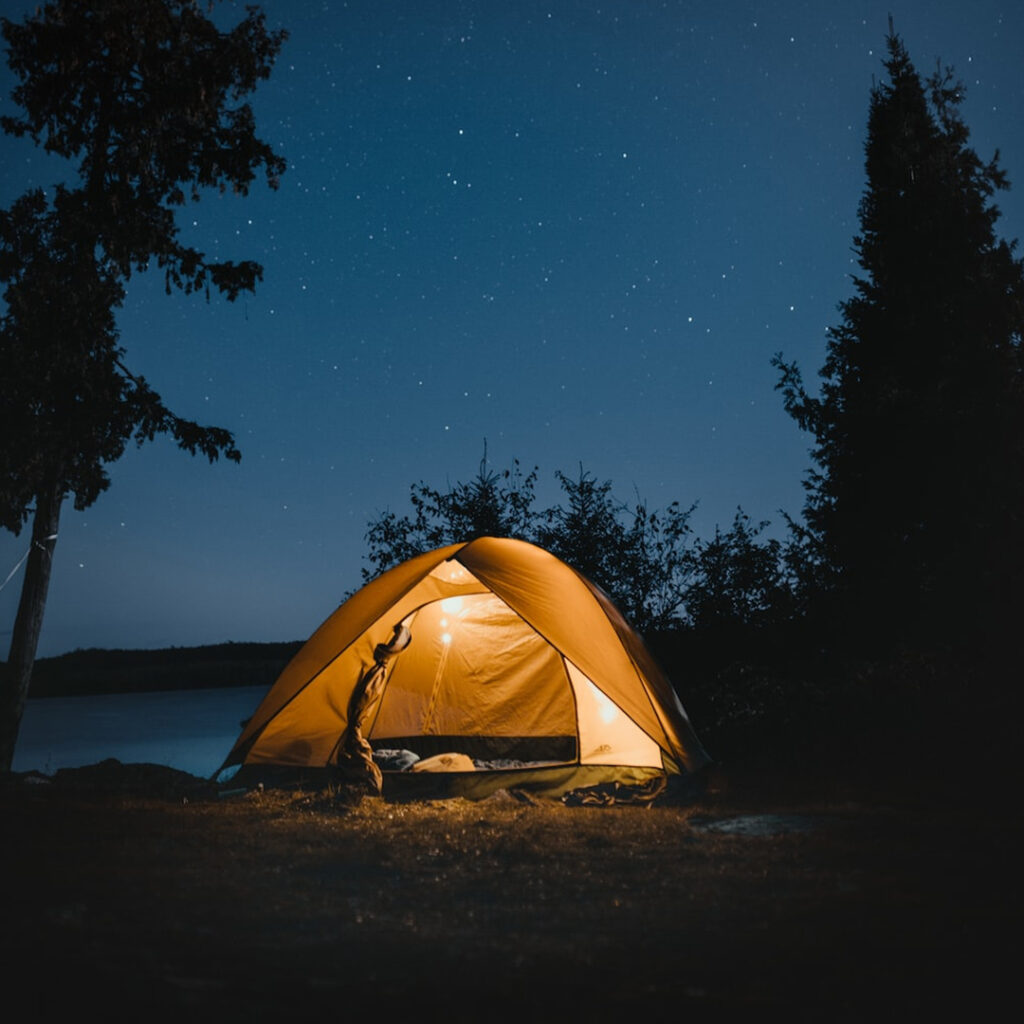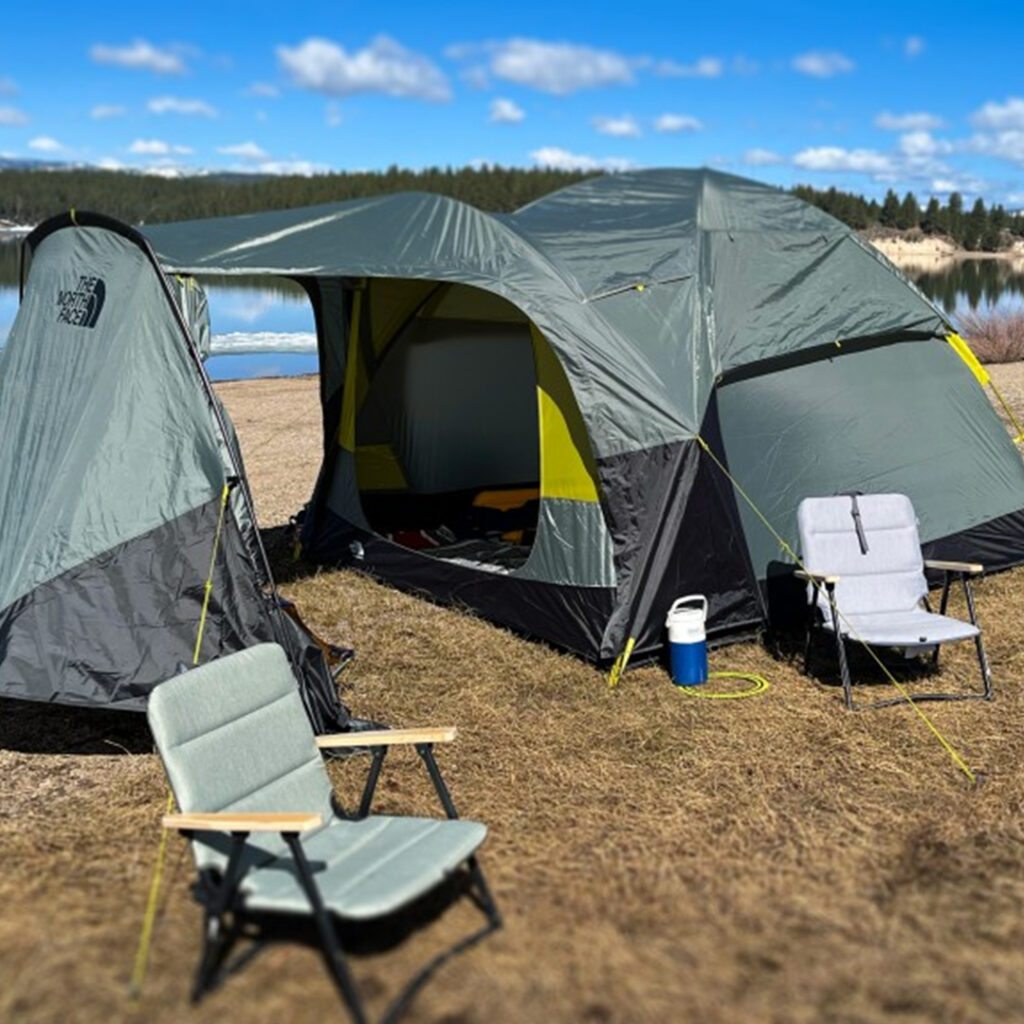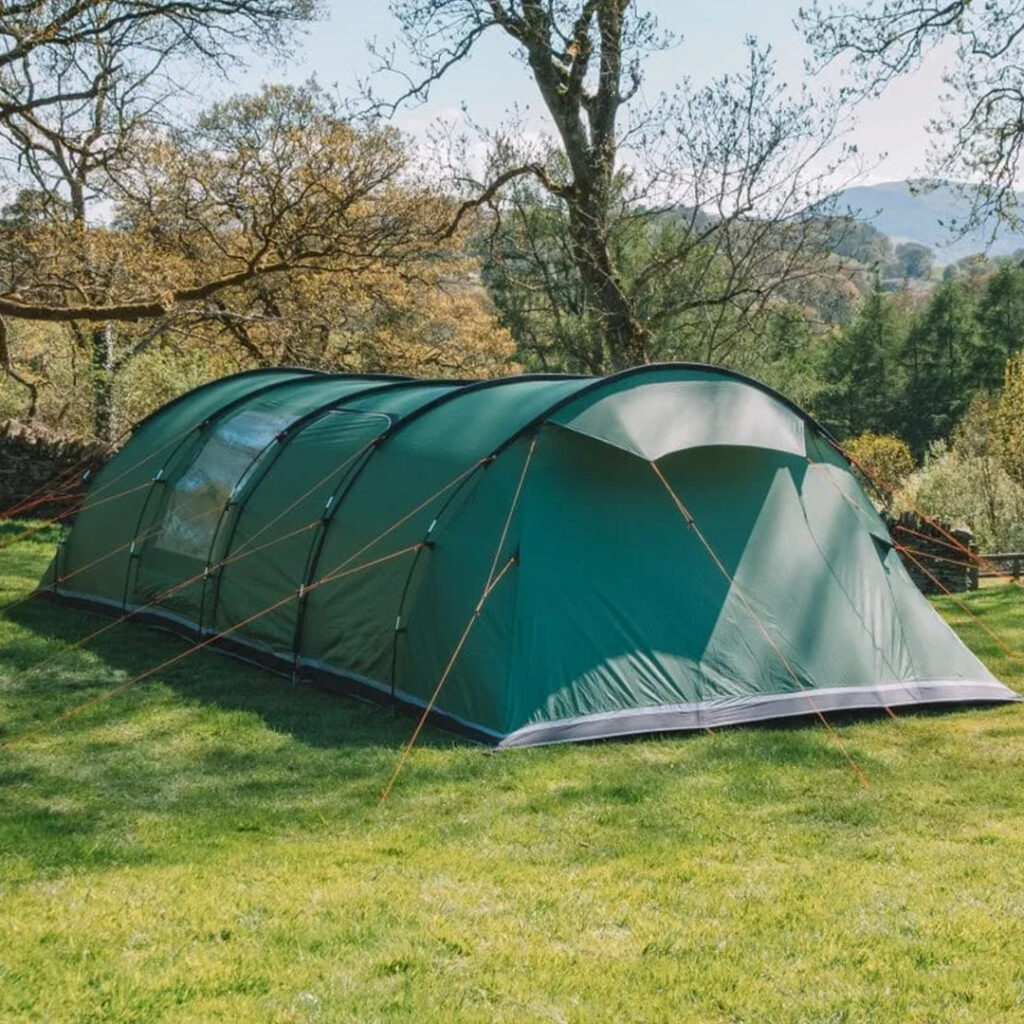How to Use a Light Tent many artisans, cooks, and artists want to take high-quality photos of their own creations. Whether it’s to feature in a blog post, offer for sale online, or share with friends. So the trick to getting these types of product shots quickly and reliably is to use a light tent.
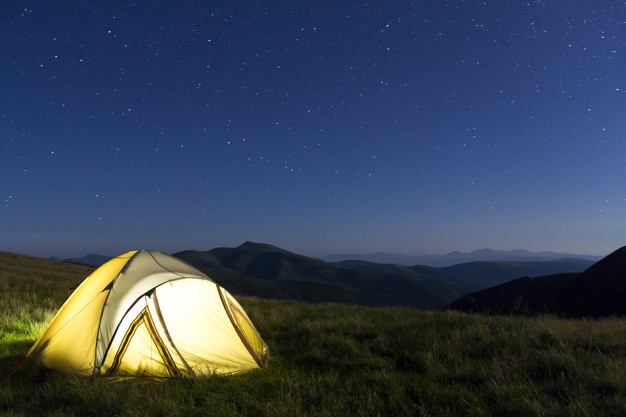
This article will cover the fundamentals of How to Use a Light Tent photography to help you capture brilliant, high-quality product photos every time. The light tents are mini studios for product photographers. They are also known as lightboxes or photographic tents.
Choose a Tent | How to Use a Light Tent
The type of tent you would need for long-term camping would depend on the kind of weather you have and the kind of abuse you can expect there. From this information, you can begin to explore your tent living full-time options, listing them based on their materials and how solidly built they are as follows.
- Tents that looks like a house
- Best tents for burning man
- Suv tents for camping
- Best tents for families
- Tent for beach camping
- Best tents for large families
- Extreme cold weather tents
- Best family tents for car camping
- Cold weather tents with stoves
- Tents that stay cool
- Kodiak tents
- Easiest tent to set up by yourself
- Best tent for rain and wind
In conclusion, you can use a light tent to take clean and professional photos of the product. Therefore, read this article to find out how!
What is a light tent?
A tent or lightbox is a gadget with translucent sides that diffuses light from multiple sources. It allows for even, almost shadow-free lighting on a simple, solid background.
You can buy a light tent as part of a kit, or you can build your own DIY light tent. If you choose to purchase a photo light tent kit, it will usually come with one or more light tents, two light bulbs, two light stands, a tripod, and fabric backdrops in various colors.
If you build your own light tent, you will also need to purchase two light sources, bulbs, and cardboard or fabric for the backgrounds.
What does a lightweight tent do?
A tent or lightbox is a contraption with translucent sides that diffuses light from multiple sources. This allows for even, almost shadow-free lighting on a simple, solid background. You can buy a lightweight tent as part of a kit or you can build your own DIY lightweight tent.
How to Choose a High-Quality Light Tent for Fun and Easy Photo Shoots
There are hundreds of photo tents out there. Before buying a light tent, you need to ask yourself some crucial questions.
Consider the size of your products.
Softboxes tend to be the same shape, but they all come in different sizes. You want something that gives you enough space to move your product. If you often photograph flat layouts, be sure to buy an even larger light tent.
Flatlays are photographs taken directly on an object. Some photography lightboxes are so large that a person could stand on them. Size is also something to consider if you often take pictures of large items.
How to set up a lightbox for photography?
How to use a photography lightbox most photography lightboxes come with lighting and are quite affordable. This lighting is usually sufficient for most product photos. Built-in lighting can save you a lot of time and money.
It also doesn’t take up space at all because it’s usually in the box. However, it is also usually fixed in one place. If you want more control, you will need to use your own lights for the lightbox.
In this case, you need to buy a standard photographic lightbox without additional functions. Some companies sell light boxes along with lighting kits. These are external lights that come with the product. They are perfect for more professional and flexible product photoshoots.
Will I need to move the light tent a lot?
If you are taking product photos in one location, you don’t need to think about this. If you travel frequently, you may want to invest in a light folding tent. The folding light boxes are easy to assemble. You’ll even carry them in your bag. They also tend to be in the same price range as a standard lightbox.
Are there any additional features that I would like the light tent to have?
Some light tents come with additional holes for shooting planes. These holes save time as it means you won’t need to turn your case to take photos from a high angle. Others come from different backgrounds.
The standard colors are a black and white background, but you can also have green, yellow, or textured backgrounds.
The background is important to think about if you would like to require creative product photos. Once you’ve chosen the best light tent for you, follow the guidelines for perfect product photos.
Shooting with a light tent
The standard setup for light tent photography is to place the tent on some type of table or end table, with the light sources directly opposite each other on either side and the tripod centered in front.
Placing the tent on a table makes it easier to ascertain and maneuver; likewise, use your tripod for shooting.
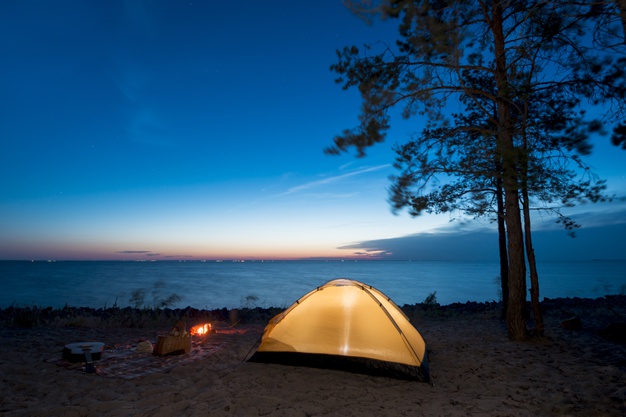
The backdrop is attached at the highest inside the tent and will fall freely during a smooth curve at the rear then rock bottom of the tent. You want to make sure your background is clean and free of debris and wrinkles.
If you are using a fabric backdrop, be sure to iron it for a completely smooth look. (If you roll your backgrounds into a cardboard tube after shooting, you should be able to keep them wrinkle-free for next time.) Consider having a lint roller or small blower on hand to deal with the inevitable dust and debris.
Ready to start shooting
Now you are ready to start shooting. So place your subject carefully inside the tent and begin with it within the exact center. Moving the subject forward or backward in relation to the light can change the lighting and shadows.
Experiment to get the style you want. You can also experiment with pointing the lights slightly at an angle, rather than directly at the store. Make sure to leave space between your subject and the walls.
So that you can zoom in or position the camera to see only the background and not the edges. Consider the ambient lighting and adjust as needed.
I have found very little difference between shooting at noon with diffuse indoor lighting and shooting at night with only the lights themselves to illuminate. You want to avoid direct sunlight shining inside or on your tent, as it will be difficult to balance such a powerful light source.
Camera Settings
Place your camera securely on the tripod and use the 2-second self-timer or remote shutter to make sure your tripod remains stable. (If you are using a lens with image stabilization, vibration reduction, or vibration control, turn the switch off.) The tripod will allow you to use longer shutter speeds with quick results.
Start by shooting in aperture priority mode with an ISO of 100 (or the lowest value for your camera). Choose your aperture based on how you want to achieve in the image (a wide aperture like f / 1.8 for a narrow depth of field,
and lots of blur or a narrow aperture like f / 22 for a wide depth of field and sharp focus on the entire subject). Food photos often use wide apertures and selective blur to make food look more appealing, while craft and handmade product shots look best with a narrow aperture to keep the entire item in focus.
If you want to avoid blurring in the foreground (the bit directly in front of your subject), set your focus using the part of the subject that is closest to the camera.
Also, consider using exposure compensation to shoot a series of three shots, with exposure of -1, 0, and +1, so you can see which one gives you the best results. (For white backgrounds, you may get the best results around +1; for black backgrounds, you will get the best results around -1. If a point is too dark or too light, try one-half to one-third of a point.)
Post-processing considerations
It can be difficult to get the background of your shots perfectly white or perfectly black while keeping your subject properly exposed. In those situations, you may want to do some additional post-processing to make sure your whites stay white,
and your blacks remain black. The following description is based on the tools available in Adobe Photoshop, but you should be able to perform many of these same procedures with other software products.
If you shoot in RAW, first adjust the white balance of your image so that your whites appear white and not yellow. Most bulbs list the color temperature of the light they produce, which you can use as a guide for setting the white balance.
You’ll also set the white balance manually by shooting a white card and calibrating from that image (or if you recognize your background is pure white or black, use the color picker on the RAW processor to neutralize any tint).
Use your histogram as a guide when processing. While standard photography tips recommend that your histogram does not touch the edges of the scale (cropping), this is what you want to achieve in product shots.
Cropping the background (either to the left for black or to the right for white) will create a completely homogeneous look in the background and focus all attention on the subject.
Tool to regulate
In Photoshop, you’ll use the degree tool to regulate either end of the histogram. Holding down the Alt (Mac Option) key while adjusting the sliders allows you to see which areas of the photo are being cropped, as shown in the image above.
Move the slider towards the center until the background is cut evenly, but the subject is not. If your subject is too affected by this action, you may need to reduce your setting.
If you’re having trouble achieving a uniformly white background in your product shots, consider adding a skinny border to your final image. While the background is not entirely white, a shot displayed against a pure white background on a web page runs the risk of looking dirty. However, a slightly gray background with a black border can make the background tone appear intentional.
Conclusion
If you take product photos frequently, you can enjoy using a light tent. The great thing about the light tent industry is that it offers all kinds of tools for product photographers. Regardless of your budget or creative preferences, you are likely to find a light tent that meets your needs.

